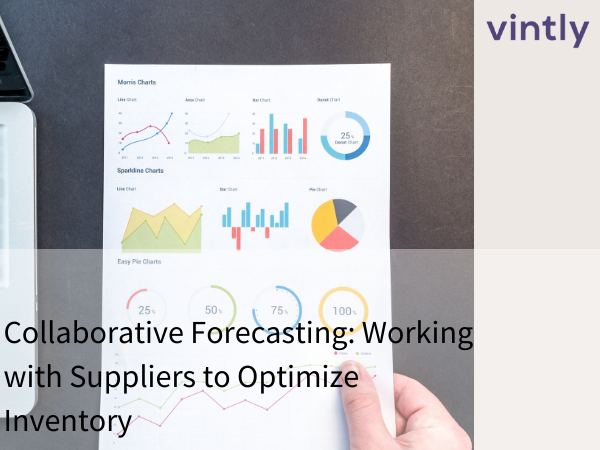How to Achieve Full Supply Chain Visibility in Fashion
In fashion, speed and adaptability can make or break a brand. But without full supply chain visibility, even the most well-designed collection can fall flat. From fiber sourcing to final delivery, visibility enables fashion companies to make informed decisions, anticipate disruptions, and meet rising consumer expectations for transparency and sustainability.
Why Visibility Matters More Than Ever
Today’s fashion supply chains span continents and involve dozens—if not hundreds—of stakeholders. Raw materials might come from one country, manufacturing from another, and finishing or packaging elsewhere. Without end-to-end oversight, brands risk delays, ethical oversights, excess costs, or worse—reputational damage.
Buyers and regulators are also demanding more transparency. Fashion consumers increasingly want to know where and how products are made. At the same time, authorities around the world are introducing stricter due diligence and ESG reporting requirements.
What Full Visibility Actually Looks Like
Full supply chain visibility means having real-time access to data across every stage—from sourcing and production to distribution. It allows brands to trace the origin of their materials, monitor lead times, identify bottlenecks, and evaluate supplier performance.
With this level of visibility, brands can also meet sustainability goals more effectively. If a supplier’s carbon footprint spikes or if waste metrics go off-track, companies can respond before it affects their broader ESG efforts.
A Competitive Advantage
Greater visibility leads to faster reactions. When production is delayed or a supplier falls short, brands that have insight across their supply chain can respond quickly—rerouting orders, reallocating resources, or communicating clearly with customers. That agility is a key advantage in a trend-driven industry where timing is everything.
A recent piece by SupplyChainBrain shows how many fashion retailers still struggle to get visibility past their Tier 1 suppliers. The article highlights the growing gap between companies that invest in digital supply chain tools and those that continue to rely on outdated systems and spreadsheets.
What You Need to Get Started
Achieving full visibility starts with:
- Digitizing supplier data
- Implementing real-time tracking tools
- Standardizing reporting
- Engaging in transparent supplier relationships
Brands also need to create feedback loops across teams so information from sourcing, compliance, and logistics flows in both directions—not in silos.
Final Thoughts
Supply chain visibility is no longer a nice-to-have; it's essential for resilience, compliance, and customer trust. Fashion brands that invest in the right tools and partnerships to gain that visibility are better prepared to scale, pivot, and grow responsibly.
.png)


